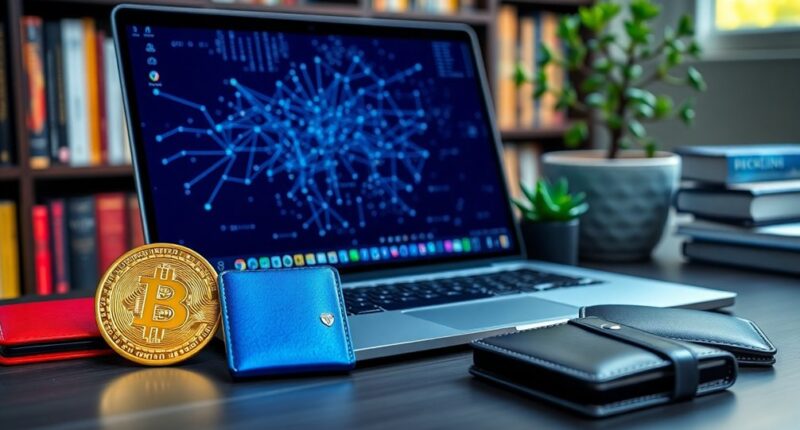A complete guide to self-custodial wallets empowers you to take full control of your digital assets. With these wallets, you hold your private keys, ensuring exclusive access and enhanced security. You'll enjoy greater privacy without intermediaries monitoring your transactions. However, managing these wallets comes with responsibilities, like safeguarding your recovery phrases and keeping software updated. Understanding the pros and cons is crucial, especially as you navigate potential security vulnerabilities and risks. By following best practices, you can make informed decisions about your wallet setup. Uncover more insights to enhance your self-custodial wallet experience.
Key Takeaways
- Self-custodial wallets give users full control over their funds by managing private keys without third-party access.
- Security is enhanced by storing private keys offline and using strong passwords, 2FA, and regular software updates.
- Users must understand the risks, including phishing scams and the importance of safeguarding recovery phrases.
- Various wallet types exist, such as hardware, software, and paper wallets, catering to different user preferences.
- Regularly monitor transactions, verify addresses, and maintain backup protocols to ensure secure asset management.
Key Features Overview

Self-custodial wallets offer unmatched control over your cryptocurrencies, allowing you to manage your assets without relying on third parties.
With total ownership, you hold your private keys, ensuring no one else can access your funds. You enjoy direct management of your assets, eliminating the need for intermediaries like exchanges or banks. This is crucial because private keys serve as advanced encryption passwords for cryptocurrency access, and losing them can result in irreversible access loss to your funds.
Enhanced security is a significant benefit, as your private keys aren't stored online, reducing hacking risks. Moreover, these wallets often remain offline, providing extra protection against internet threats.
You'll also experience greater anonymity since no intermediaries monitor your transactions. Plus, recovery options, like seed phrases, let you restore your wallet securely, ensuring peace of mind if anything goes wrong.
Understanding Self-Custodial Wallets

When you choose a self-custodial wallet, you gain complete control over your cryptocurrency assets. This type of wallet means you manage your private keys, ensuring no third party has access to your funds. However, this autonomy comes with the responsibility of safeguarding those private keys; losing them can result in permanent loss of access to your assets. To better understand how this works, consider the concept of a selfcustodial wallet explained: it is a digital wallet that allows you to hold and control your cryptocurrencies independently, without intermediaries. This not only enhances security but also aligns with the principle of decentralization that underpins blockchain technology.
Embracing decentralization, self-custodial wallets empower you to handle your cryptocurrencies securely. You can choose from various wallet types, including hardware, software, and even paper wallets, each offering unique advantages. Self-custody wallets eliminate reliance on third parties, allowing you to have full ownership and control over your assets.
However, with this control comes responsibility; you must safeguard your private keys and implement robust backup protocols. Misplacing your keys can lead to a permanent loss of access, so understanding the risks and best practices is crucial.
Ultimately, educating yourself will help you navigate the complexities of self-custody effectively.
Transaction Verification Process
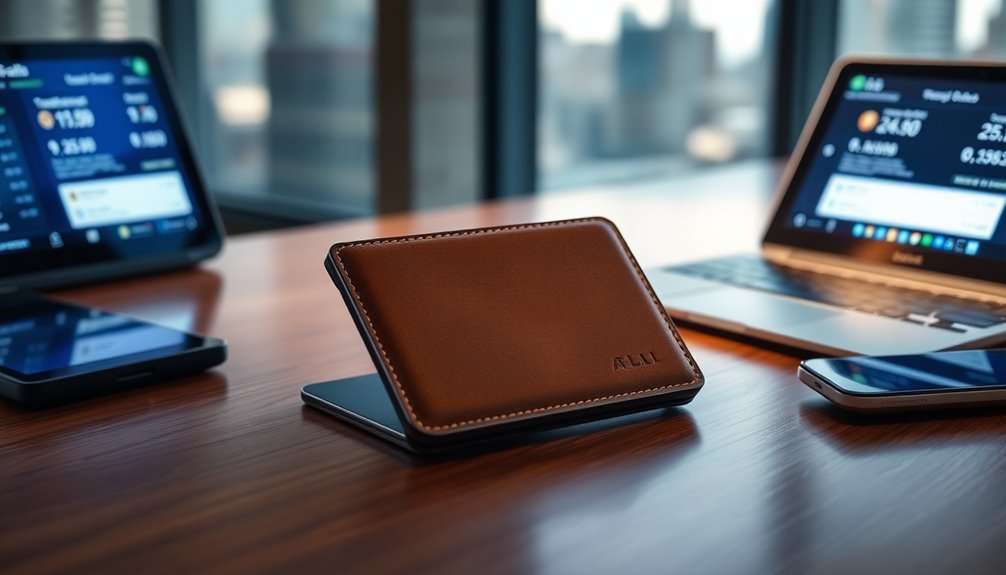
Before you initiate a cryptocurrency transaction, it's essential to understand the transaction verification process to ensure everything goes smoothly.
Start by verifying the recipient's wallet address and double-checking the transaction fee to avoid unexpected costs. It's wise to conduct a test transaction with a small amount to confirm the wallet's functionality. Additionally, remember that wallets store private keys, which are crucial for moving funds securely.
Once you're ready, generate a QR code or address for easy sharing, and initiate the transaction while confirming all details.
After broadcasting your transaction, track its status until it receives the necessary confirmations.
Finally, verify the transaction receipt and check that the amount sent matches your intent. Ensure the recipient's address is correct, and update your wallet records to reflect the completed transaction.
Pros and Cons Analysis

Understanding the transaction verification process sets the stage for exploring the benefits and drawbacks of self-custodial wallets.
On the pro side, you gain full control over your funds, enjoying autonomy and independence from third parties. You can access decentralized applications while customizing your security features. Additionally, with self-custody wallets, users can set their own transaction fees and move assets without third-party approval.
However, this control comes with significant responsibility. You must secure your private keys, and misplacing them could lead to permanent loss. For beginners, the complexity can be daunting, requiring technical knowledge and increasing the risk of human error.
While you enjoy enhanced privacy without KYC requirements, managing these wallets can be challenging.
Ultimately, weighing these pros and cons helps you decide if self-custodial wallets align with your needs.
Feature Evaluation

Evaluating the features of self-custodial wallets reveals a range of advantages that cater to users seeking greater control over their digital assets. You'll enjoy 100% ownership as you hold your private keys, generate them independently, and manage your assets without relying on third parties. This decentralized approach offers complete asset autonomy, ensuring no one can access your funds without your permission.
Additionally, self-custodial wallets maintain 100% offline status, minimizing exposure to internet threats and enhancing physical security. This offline operation significantly reduces vulnerability to hacks, providing an essential layer of security benefits for users.
You also benefit from 100% anonymity, as these wallets eliminate centralized servers and data sharing, safeguarding your identity. Finally, they integrate seamlessly with DeFi platforms and dApps, allowing you to stake, lend, and manage a variety of tokens across multiple blockchains.
Security Vulnerabilities and Hacks
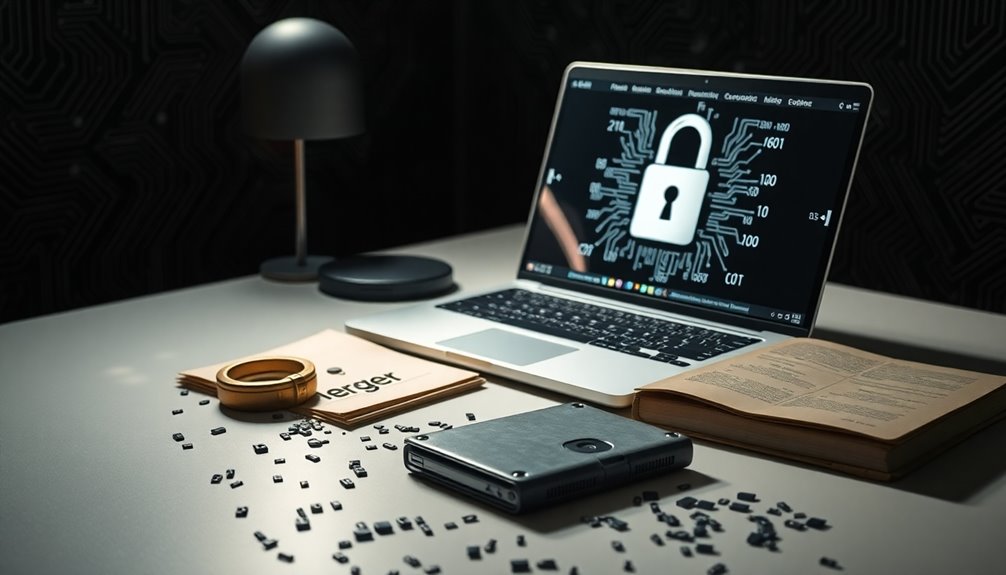
While self-custodial wallets offer significant advantages, they also present security vulnerabilities that can put your assets at risk. Exposed recovery phrases in browser-based wallets can be exploited by hackers, allowing them to change your private keys. A recent vulnerability discovered by Halborn has put billions of dollars stored in software wallets at risk due to exposed recovery phrases.
To mitigate these threats, keep your browser and computer clean, and consider using cold wallets for offline storage. Phishing scams are another danger, so always verify information and be cautious of fake emails or websites designed to steal your private keys.
Implementing strong passwords and two-factor authentication (2FA) is crucial for securing your wallet. Remember, staying informed and following best practices can significantly enhance your wallet's security and protect your assets from potential hacks.
Emerging Wallet Technologies
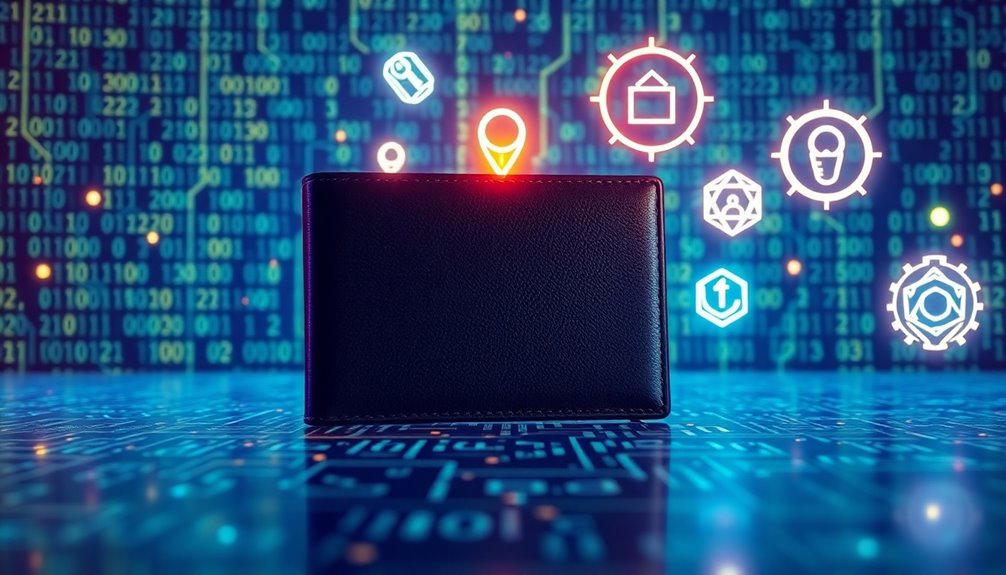
As the cryptocurrency landscape evolves, emerging wallet technologies are transforming how you manage and interact with digital assets. You can now benefit from advanced features like atomic swaps, enabling direct exchanges of currencies without relying on centralized platforms. Custom Lightning channels let you create and manage your own channels, potentially earning fees. Self-sovereign identity solutions are emerging, allowing you to manage your digital identity securely. Additionally, hardware wallets like Trezor offer robust security by keeping your private keys offline. Software advancements, including user-friendly wallets like MetaMask and Exodus, make self-custody more accessible. As you explore these technologies, you'll find innovative applications that enhance financial sovereignty and promote financial inclusion in a decentralized ecosystem. Self-custody wallets empower users with full control over their transactions, reducing reliance on third-party services.
Regularly Update Wallet Software
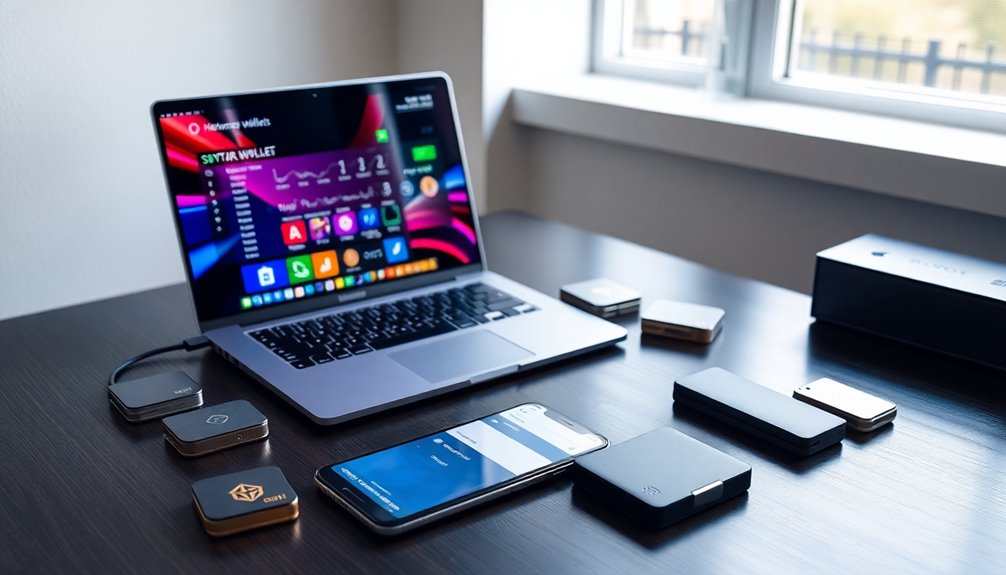
Emerging wallet technologies enhance your experience in managing digital assets, but keeping your wallet software up to date is just as important.
Regular updates provide essential security fixes, bug resolutions, and new features that improve functionality. By neglecting updates, you expose your wallet to security risks, potential data loss, and malware infections. To protect against these vulnerabilities, remember that private key management is crucial for maintaining access to your assets.
To stay updated, check for notifications from your wallet, or visit the developer's website regularly.
Consider enabling automatic updates for convenience, but always back up your data beforehand. Only download updates from official sources to avoid malware risks.
Establish a routine for updates and keep track of your wallet's update history to ensure you're always protected and functioning optimally.
Frequently Asked Questions
What Cryptocurrencies Can I Store in Self-Custodial Wallets?
You can store a variety of cryptocurrencies in self-custodial wallets.
Major coins like Bitcoin (BTC) and Ethereum (ETH) are widely supported, along with altcoins like Cardano (ADA) and Solana (SOL).
Many wallets also accommodate ERC-20 tokens, including popular stablecoins like USDT and USDC.
Specialized wallets, such as hardware and software options, allow you to manage and secure your diverse crypto portfolio effectively.
Just choose a wallet that fits your needs!
How Do I Recover a Lost Self-Custodial Wallet?
Losing a self-custodial wallet can feel like losing a treasure chest in a vast ocean!
To recover it, you'll need your secret recovery phrase, which is your golden key. If you've stored it securely, retrieve it and follow the recovery prompts.
If you've designated guardians, they can help restore access too.
Always remember to never share your recovery phrase; it's your ultimate safeguard against unauthorized access.
Stay secure!
Are Self-Custodial Wallets Suitable for Beginners?
Self-custodial wallets can be suitable for beginners, but they come with challenges.
You'll need to grasp key concepts like private keys and security measures. While some wallets offer user-friendly interfaces and guided setups, you must be prepared to manage your own security.
It's essential to educate yourself on proper practices, such as storing recovery phrases securely. If you're willing to learn and stay vigilant, self-custodial wallets can be a rewarding option.
Can I Use Self-Custodial Wallets for Staking?
Yes, you can use self-custodial wallets for staking.
These wallets let you stake your digital assets while keeping full control over your private keys. You don't have to rely on third parties, which enhances your security.
Plus, you can withdraw your staked assets anytime. Just make sure to choose a wallet that supports staking and ensures you follow best practices like securing your seed phrase.
Enjoy the rewards while maintaining control!
What Fees Are Associated With Self-Custodial Wallets?
When you're using self-custodial wallets, you'll encounter various fees.
You'll pay annual service fees based on your balance, transaction fees that are generally lower than custodial options, and potentially setup fees.
You won't face maintenance fees, but remember to budget for security measures like hardware wallets.
If you miss payment deadlines, you risk deactivation, which can lead to losing access to your funds.
Staying organized can help you manage these costs effectively.
Conclusion
In the world of digital assets, self-custodial wallets are your fortress, guarding your treasures against the storms of the internet. By taking control of your funds, you're not just a passive observer; you're the captain of your ship, navigating through turbulent waters. Embrace the pros and cons, stay updated, and keep an eye on emerging technologies. With vigilance and knowledge, you'll sail smoothly toward a future where your assets are secure and your financial independence flourishes.
